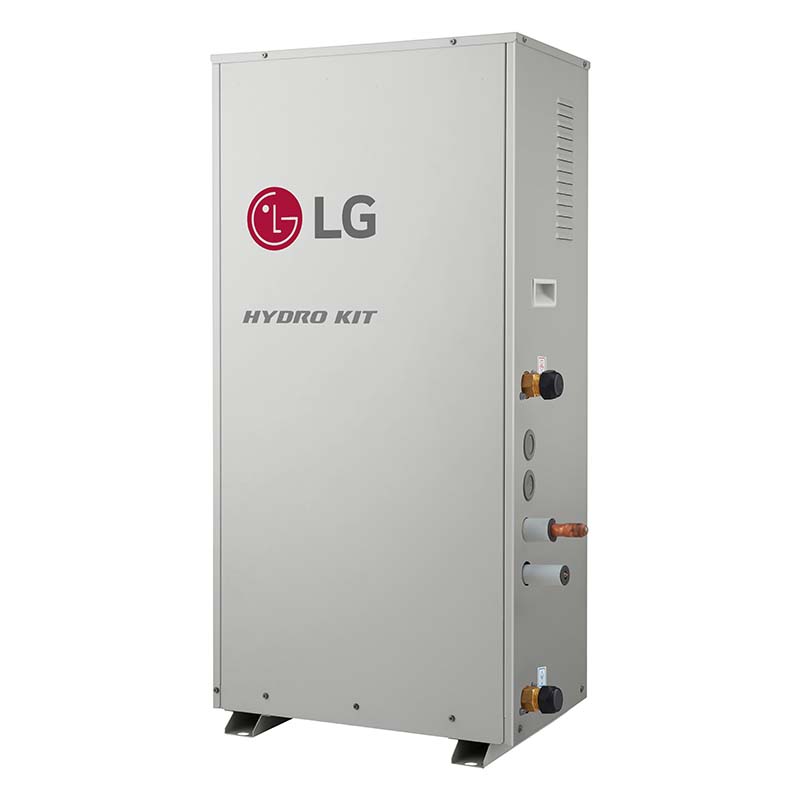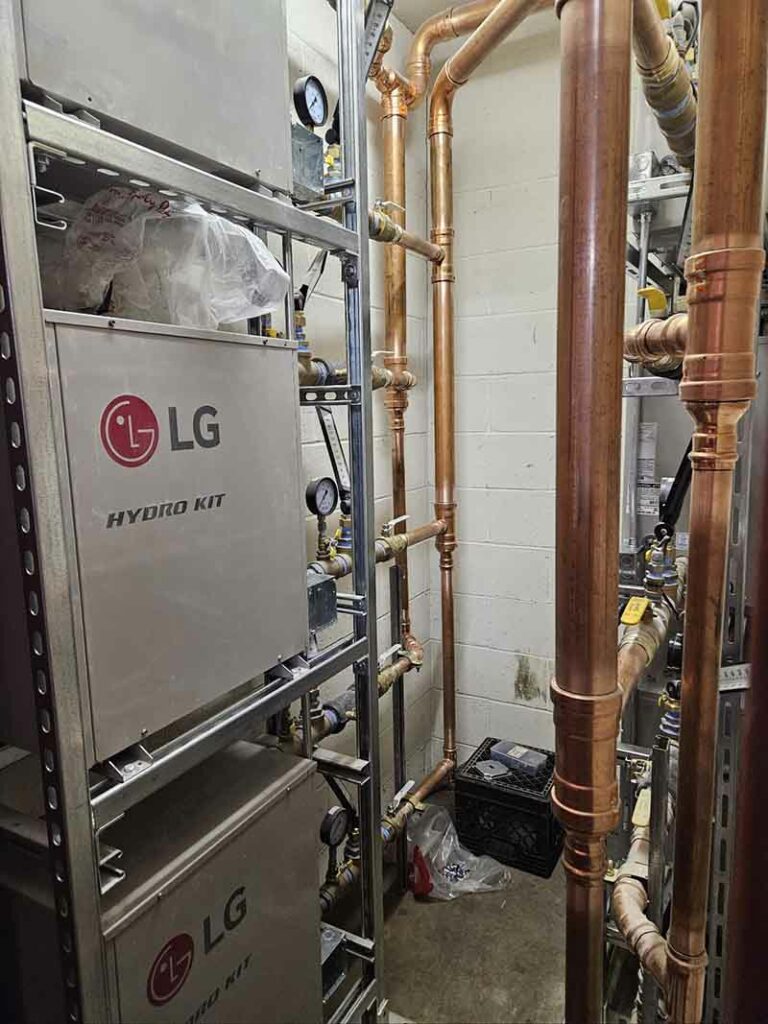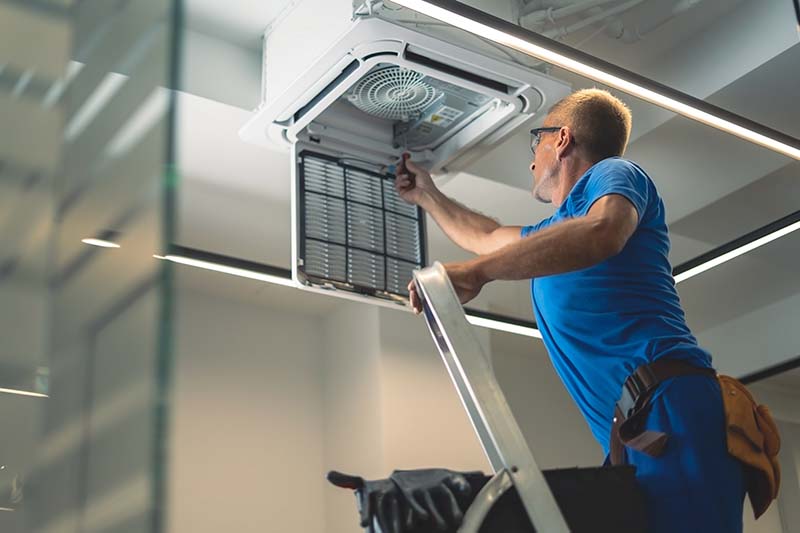Shelter is more than a roof to keep rain off of your head and protect you from wind. According to ASHRAE (American Society of Heating, Refrigerating and Air-Conditioning Engineers), the optimal room temperature for most people is between 73°F (23°C) and 79°F (26°C) for comfort and productivity. Despite its importance to our well-being, the HVAC systems that provide this comfort are often underappreciated and their value overlooked.
Understanding the Apathy Surrounding the HVAC Industry
Lack of Awareness
A significant contributing factor to the lack of respect for HVAC systems is the widespread ignorance regarding its functionality and importance. For the average person, HVAC remains a mysterious black box, with little to no understanding of how it operates or the significance of proper maintenance.
This lack of awareness breeds complacency and neglect, as individuals fail to recognize the crucial role HVAC plays in ensuring indoor comfort, air quality, and energy efficiency. Without a basic understanding of HVAC principles, people are ill-equipped to identify signs of trouble or take proactive measures to preserve their systems.
Cost Concerns
HVAC systems are often viewed through the lens of expenses, especially when it comes to repair and energy costs. It’s no secret that fixing a malfunctioning HVAC unit or paying hefty energy bills can put a strain on finances. As a result, many people prioritize short-term savings over long-term efficiency, opting for quick fixes or neglecting maintenance altogether. However, this penny-wise approach can ultimately lead to greater expenses down the line, as unresolved issues escalate into costly repairs or premature system replacements.
Poor Maintenance Habits
Neglecting HVAC maintenance is a common-yet-detrimental practice among homeowners and businesses alike. Many individuals adopt a reactive rather than proactive approach to HVAC care, only addressing issues when they arise rather than implementing preventive measures.
However, regular maintenance is essential for preserving the lifespan and efficiency of HVAC systems. Failure to clean filters, inspect components, and address minor issues can result in reduced performance, increased energy consumption, and even system failures. By neglecting routine maintenance, individuals not only compromise their comfort but also risk incurring avoidable repair costs and premature system replacements.
“The Trades Are Dead…”

In the realm of skilled trades, HVAC often finds itself sidelined in conversations about career opportunities, particularly when compared to higher education. As the modern narrative glorifies white-collar professions and academic degrees, the trades, including HVAC, are often unjustly labeled as “dead-end” careers. However, this couldn’t be further from the truth.
“You need to go to college in order to make money…”
One common misconception contributing to the undervaluation of HVAC and other trades is the societal pressure on younger generations to pursue a college education. While higher education undoubtedly offers valuable opportunities, it’s not the sole path to success. The belief that a four-year degree is the only gateway to financial stability has led many to overlook the lucrative and fulfilling careers available in skilled trades.
Furthermore, there’s a widespread myth that trades are for individuals who couldn’t excel academically or lacked ambition. This stereotype not only undermines the skills and expertise required in trades like HVAC but also discourages talented individuals from considering these career paths. HVAC technicians possess a unique blend of technical skills, problem-solving abilities, and customer service skills, making their contributions indispensable in our modern world.
“The younger generations are buried in their phones”
Moreover, the extensive influence of technology, particularly smartphones and social media, has further distanced younger generations from considering trades like HVAC. As digital distractions consume more of our attention, fewer individuals are exposed to the hands-on experiences and technical skills that characterize trades professions. However, the irony lies in the fact that HVAC technicians are at the forefront of technological advancements, utilizing cutting-edge tools and systems to optimize indoor comfort and energy efficiency.
Challenging the Misconceptions
It’s time to challenge the misconception that trades are “dead-end” careers and recognize the valuable contributions of HVAC professionals. By encouraging a shift in societal attitudes, we can ensure that future generations appreciate the diverse selection of career paths available, including those in the skilled trades. HVAC deserves more respect, not only for its essential role in our daily lives, but also for the rewarding and fulfilling careers it offers to those willing to seize the opportunity.
Menace to Society

Talented contractors are often forced to compete on price with unskilled installing contractors. The disregard for quality HVAC systems and installations creates a cycle where unqualified contractors unwittingly become a menace to society. Driven solely by cost considerations, end-users opt for the cheapest contractors without vetting their qualifications or expertise. Consequently, these contractors profit while leaving behind a trail of sloppy installations, posing severe risks to both property and safety.
“If the cheaper guy can get the job done, why not save a few bucks?”
Aside from a certification from the EPA to handle refrigerants, there are some states and municipalities that do not require specific HVAC licenses for installation or service. Having minimal regulation in certain regions, the market becomes a battleground where competence takes a backseat to affordability. End users, blinded by short-term savings, fail to recognize the long-term repercussions of their choices.
When these hastily installed systems inevitably malfunction, it’s the end user who bears the brunt, left scrambling to rectify the mess created by their initial bargain. This vicious cycle undermines the integrity of the HVAC industry, while fostering an environment where incompetence thrives at the expense of society’s well-being.
In the grand scheme of our basic needs, HVAC often remains a nameless hero, providing comfort within our sheltered spaces. Driven by the allure of cost savings, they mistakenly compromise their well-being by opting for the cheapest contractors, who often lack the necessary skills and qualifications. It’s time for a shift, where the true value of skilled professionals is recognized and prioritized over short-term savings, ensuring a safer and more reliable environment for all.
Klima’s Commitment to HVAC Excellence
For over 10 years, Klima has been dedicated to providing clients with custom HVAC solutions — from VRF systems to Building Management Systems (BMS). With the support, knowledge, and expertise, Klima has worked ardently to become a leading force in the HVAC industry.
If your business is looking for custom HVAC solutions, please visit Klima’s website and contact us today. Moreover, if you’re a young professional interested in entering the HVAC industry or if you are looking for a new opportunity, please view our current job opportunities here.












